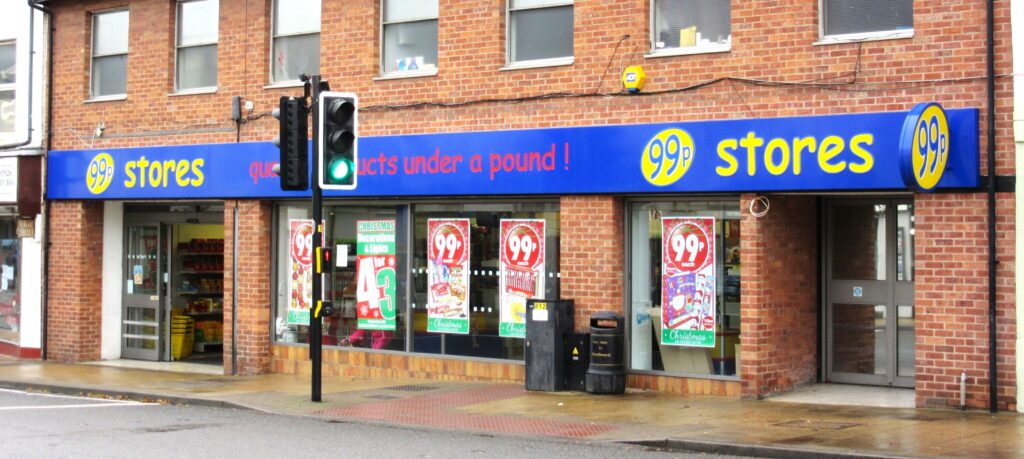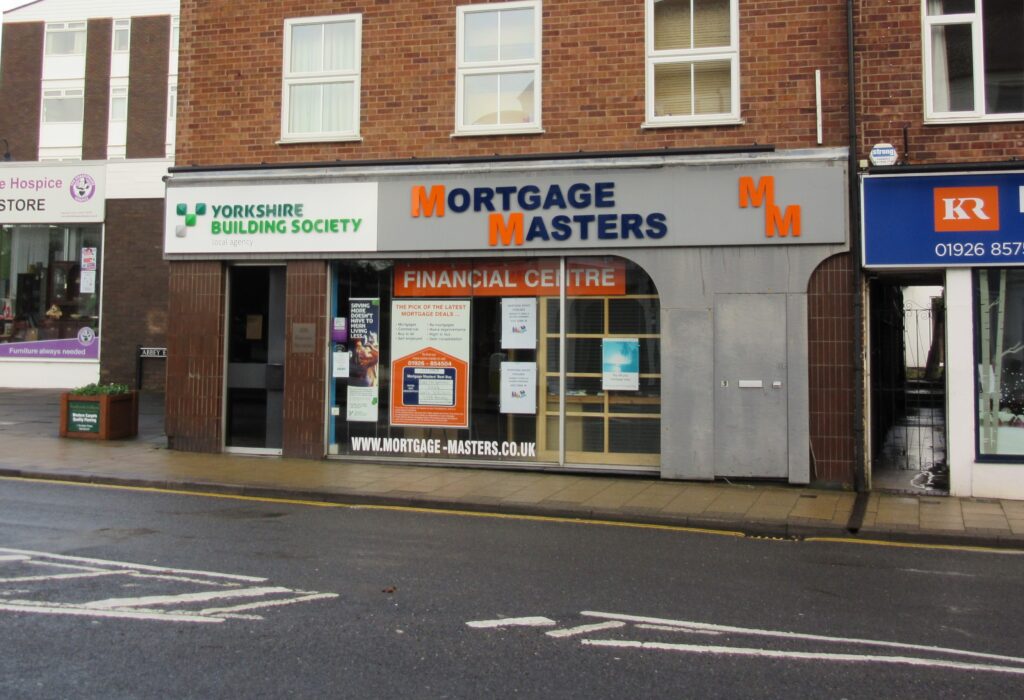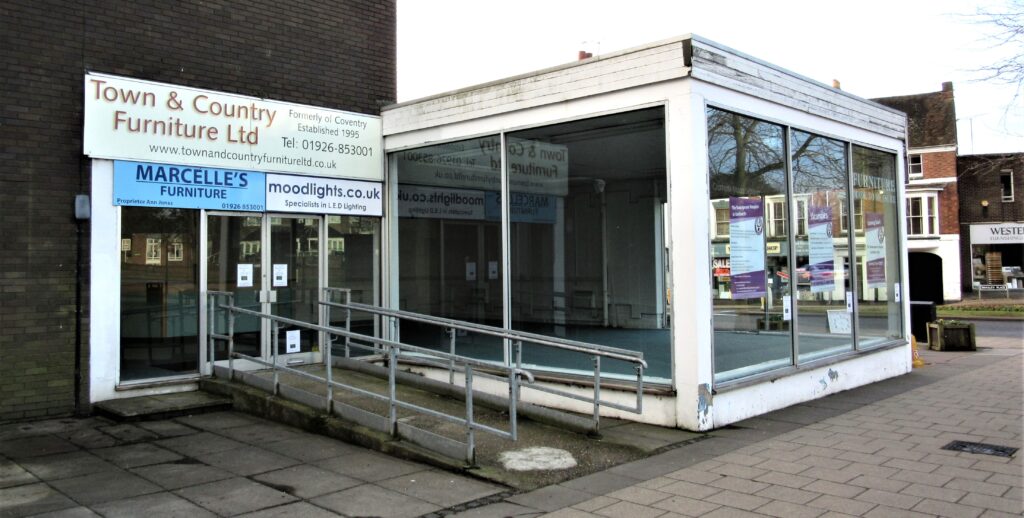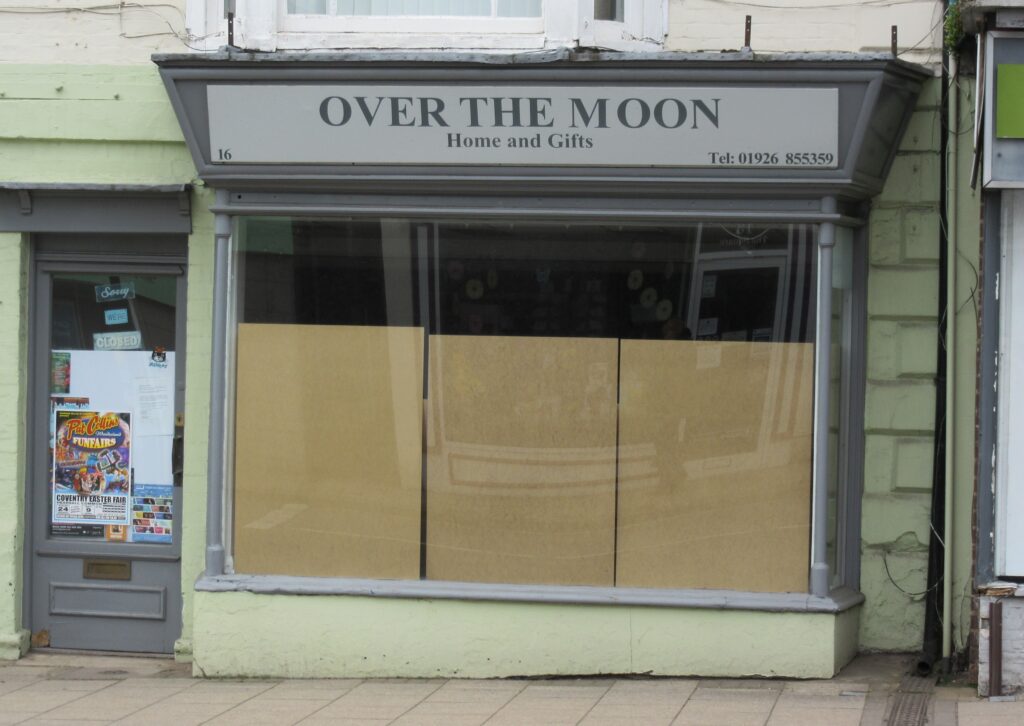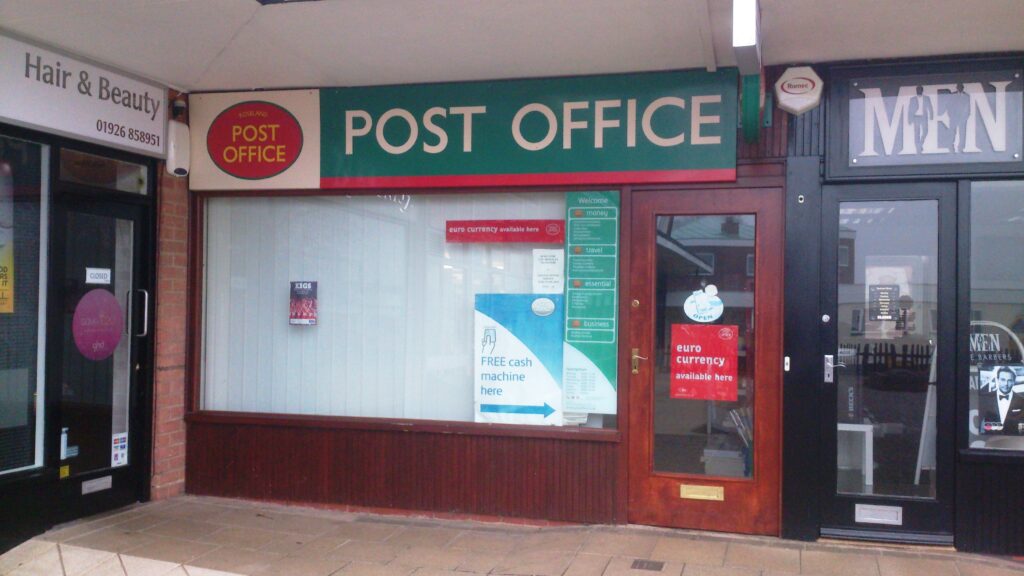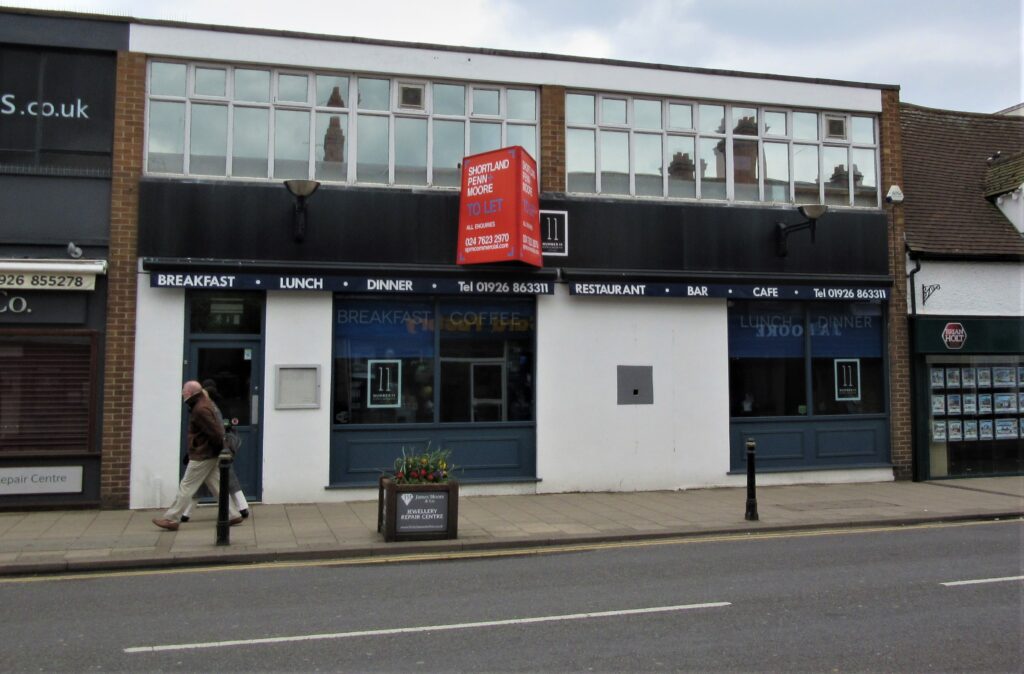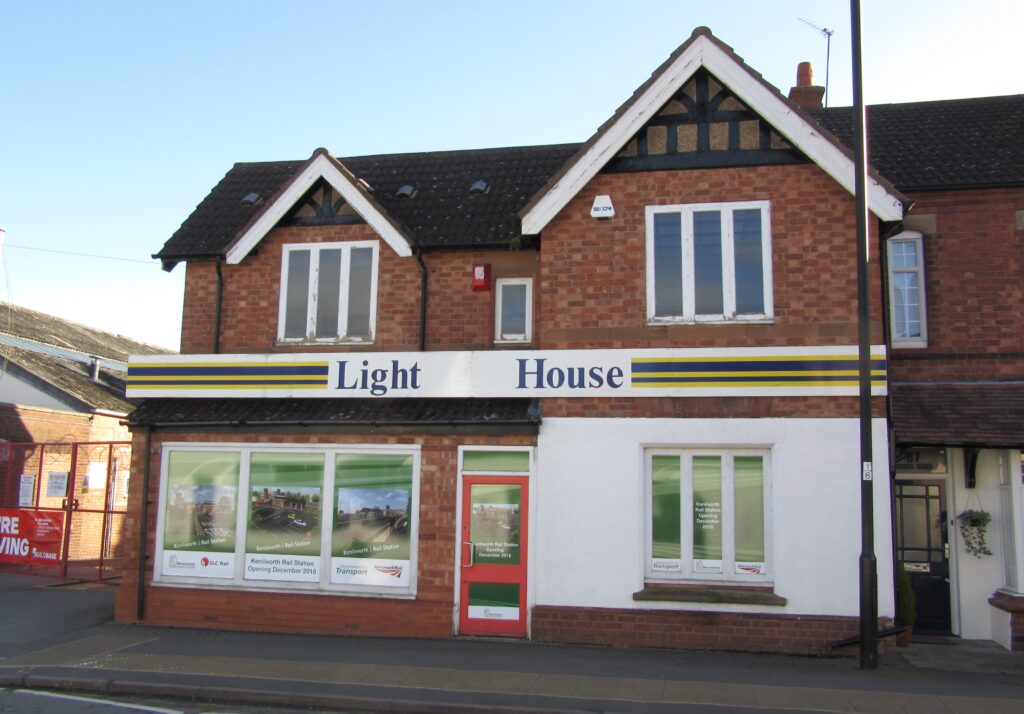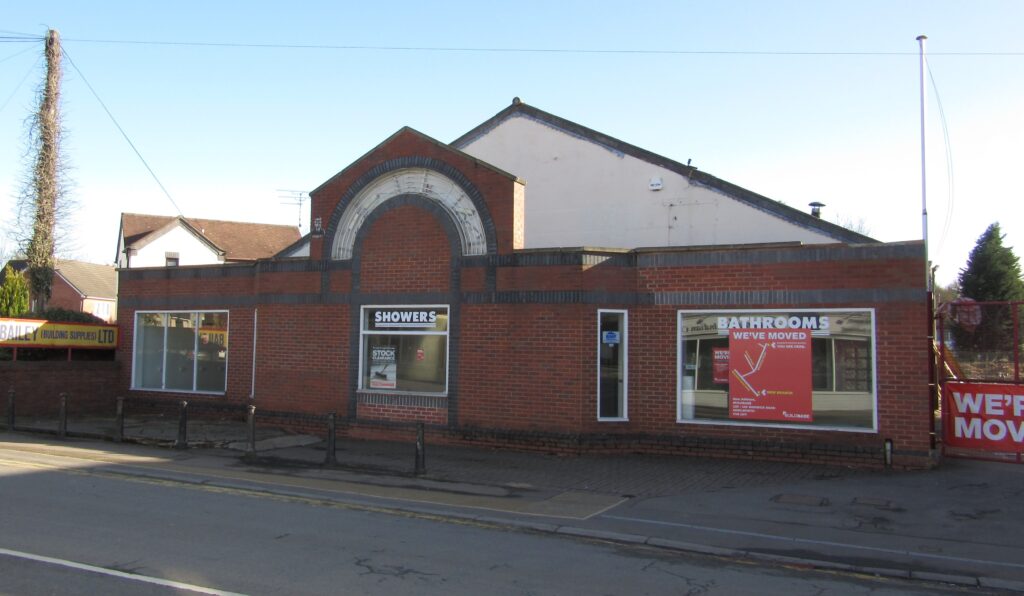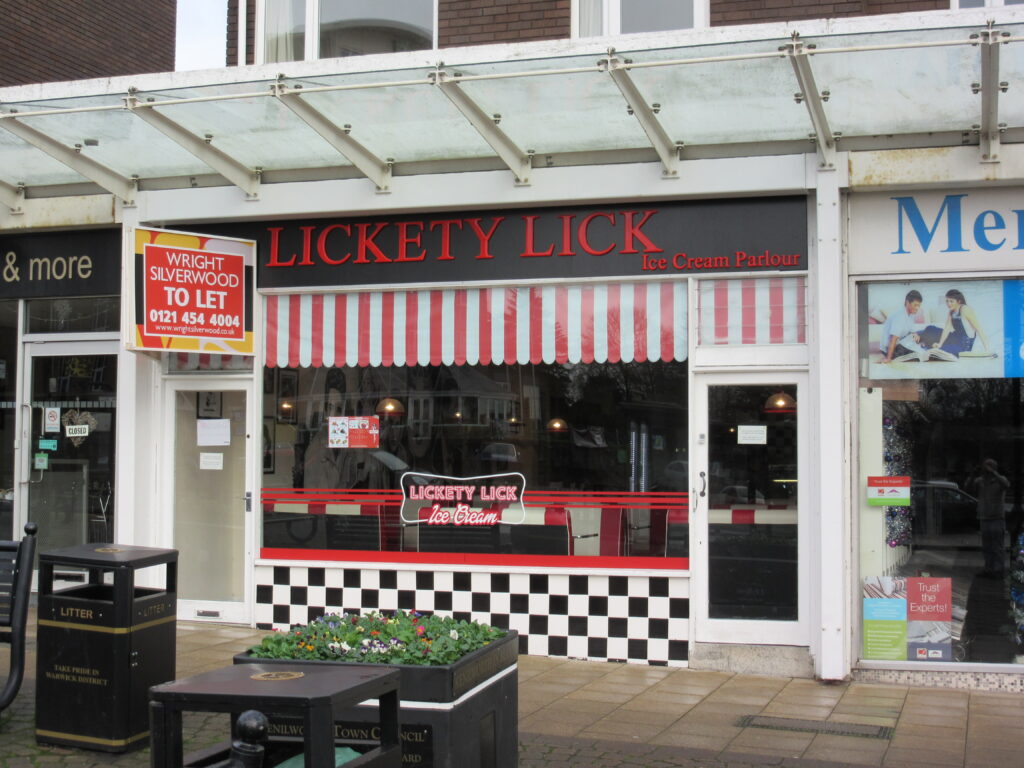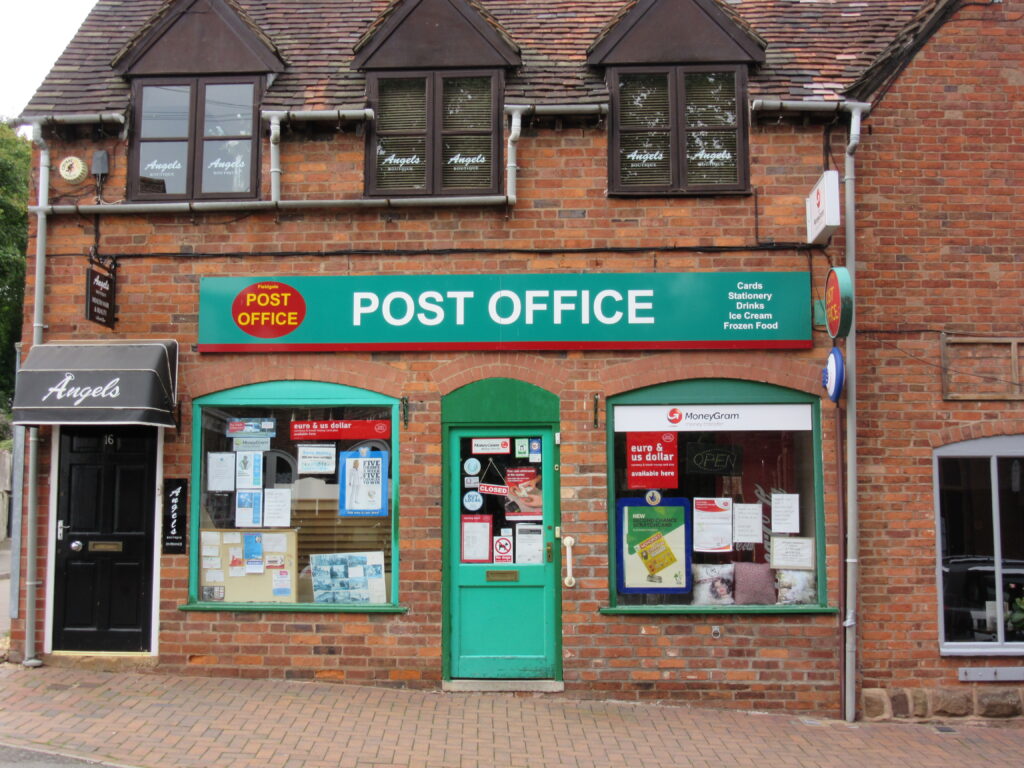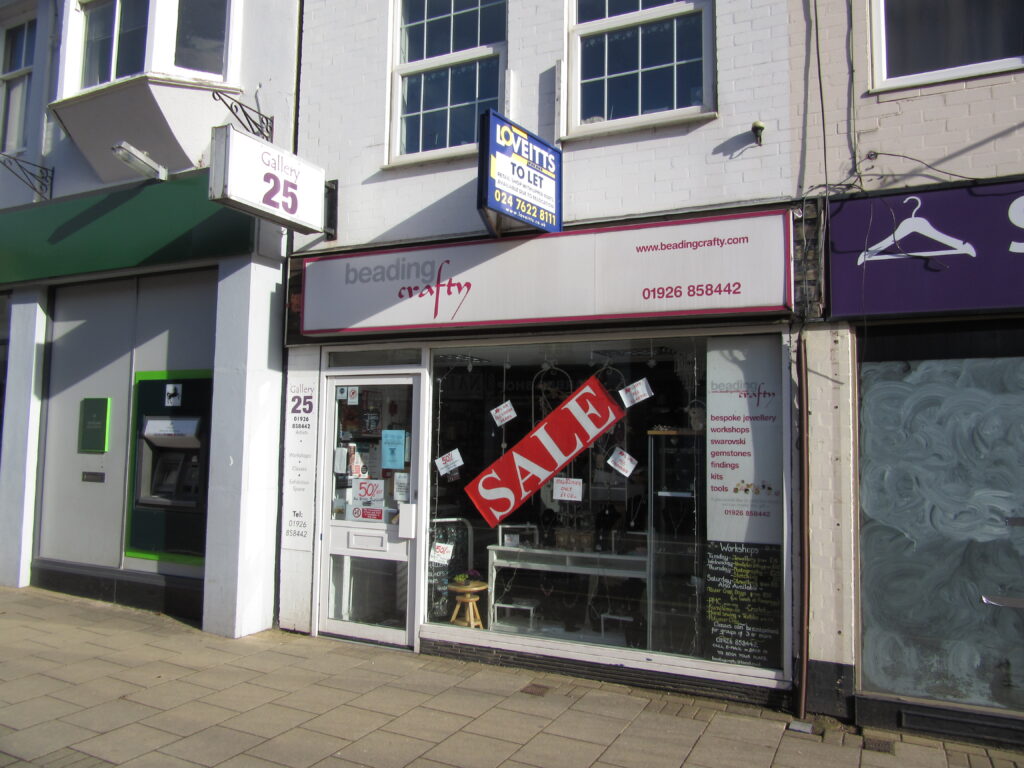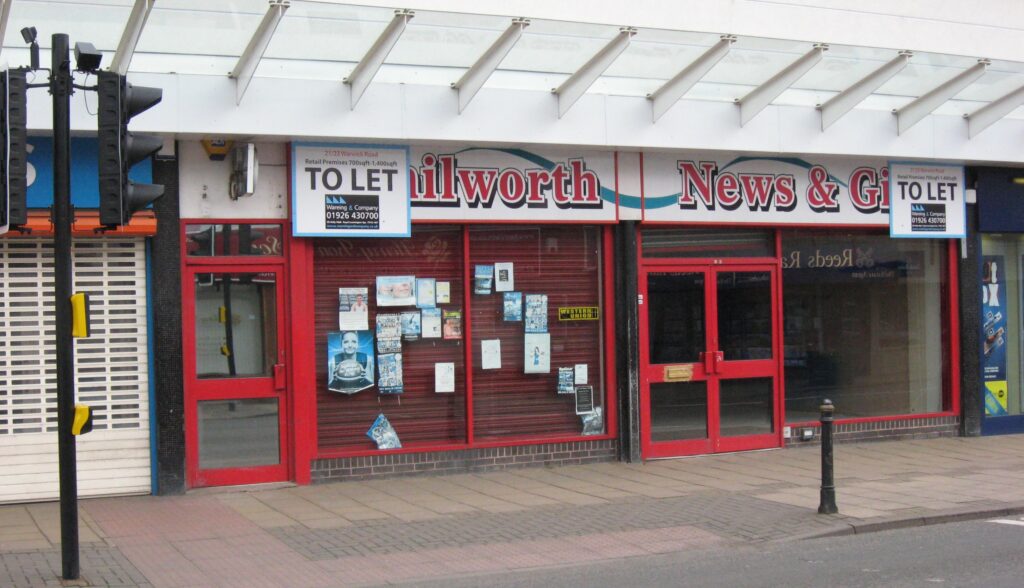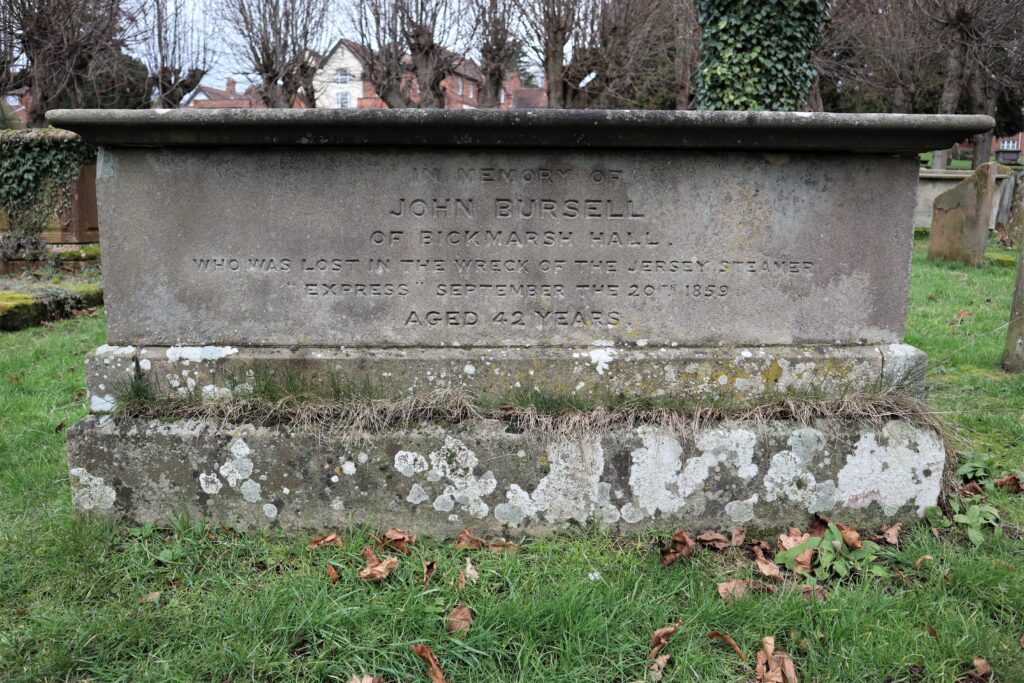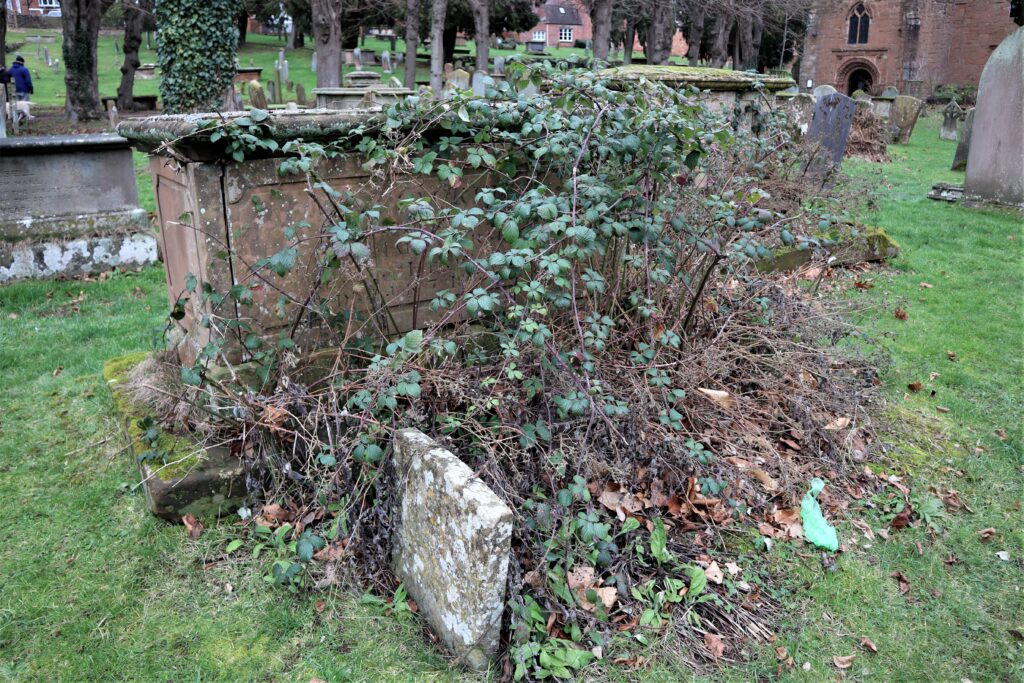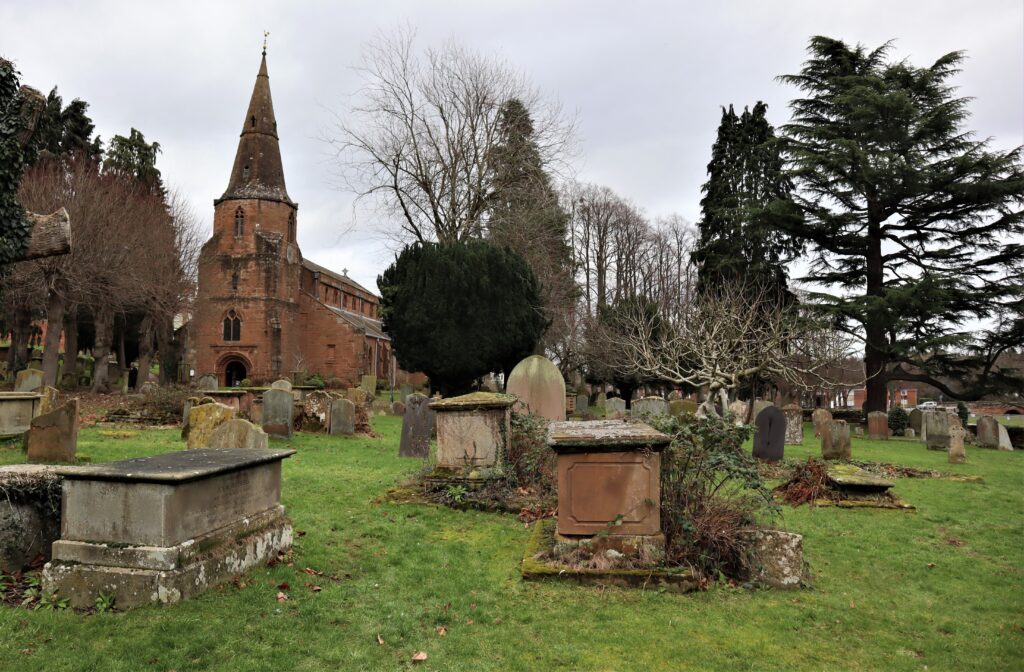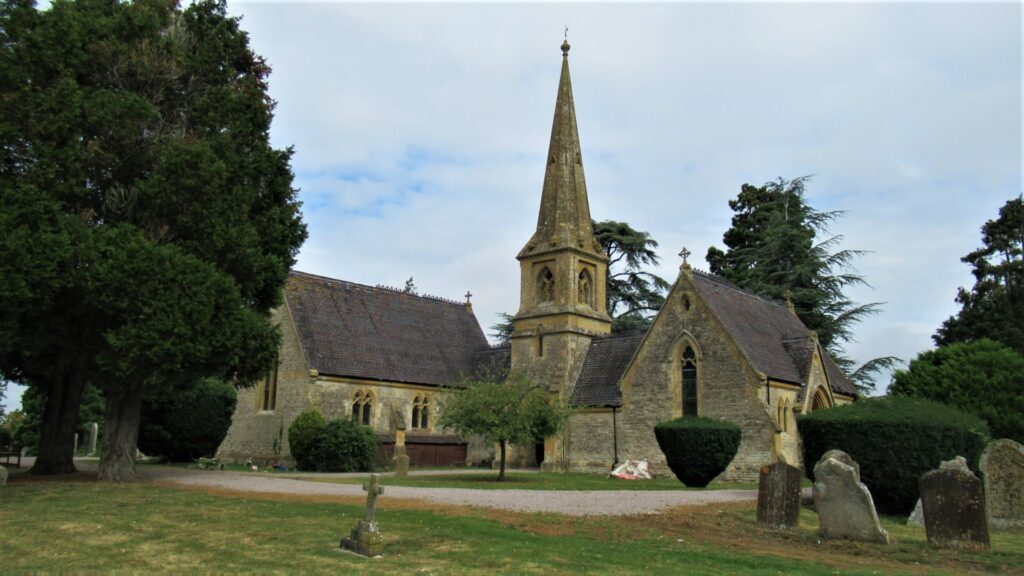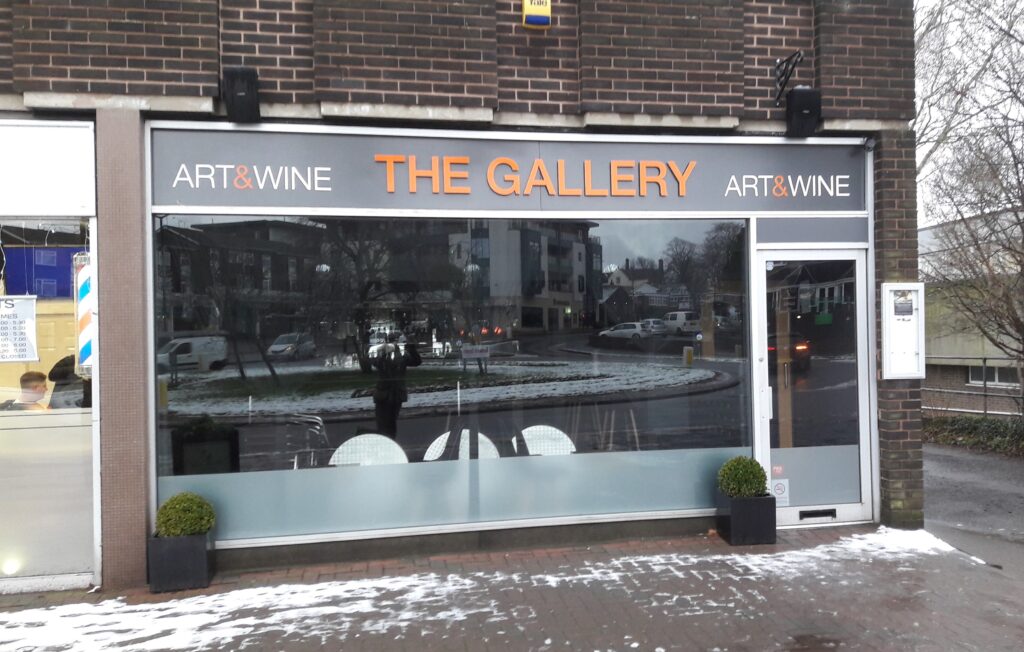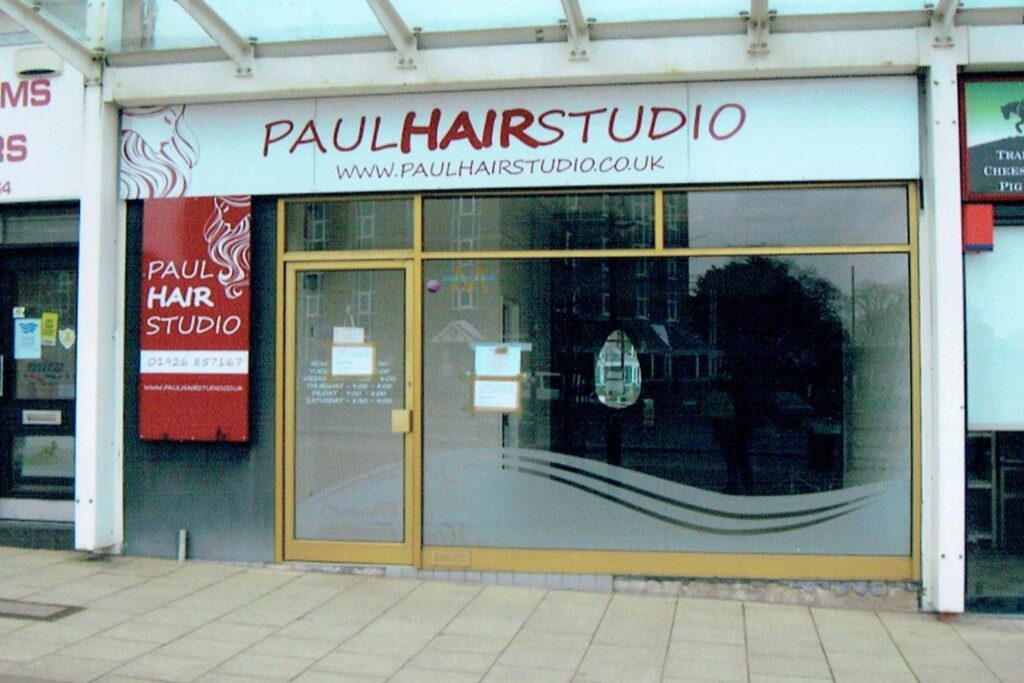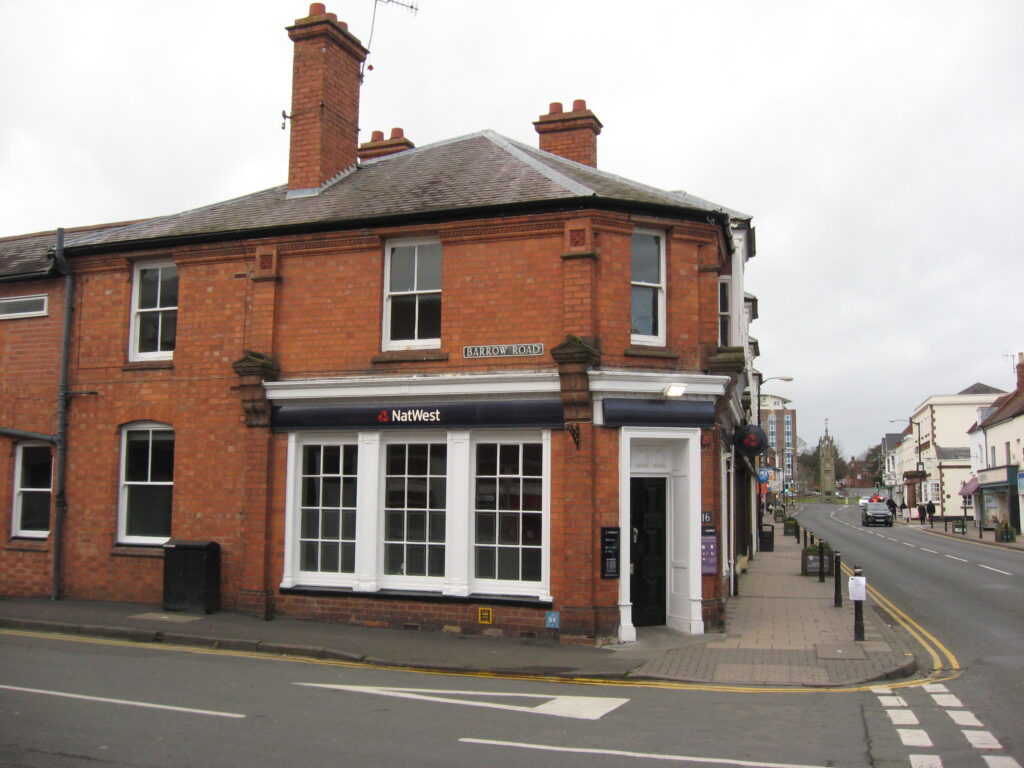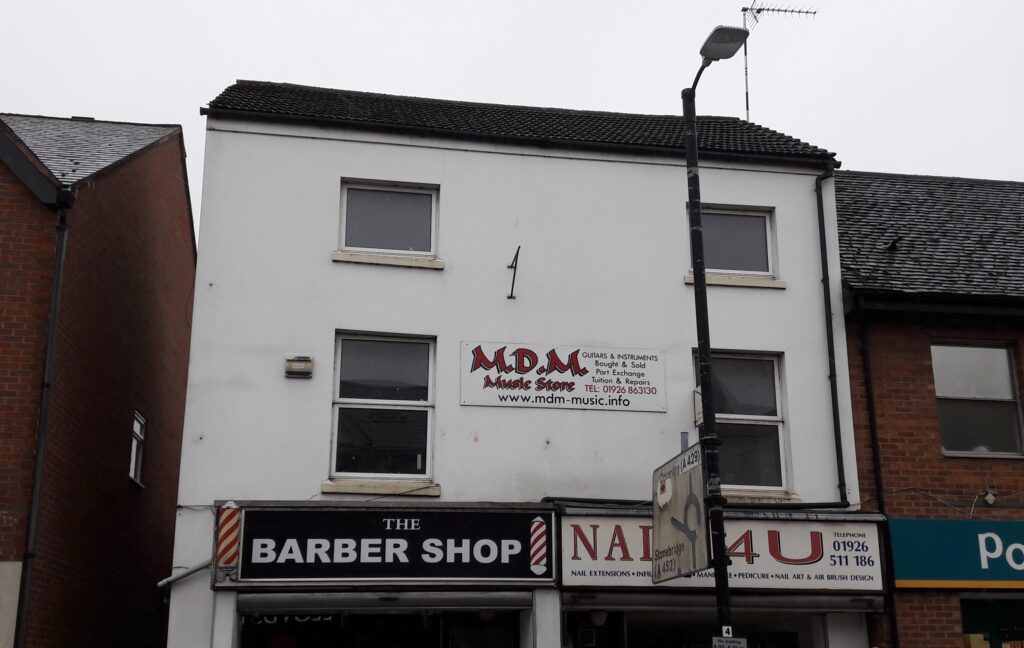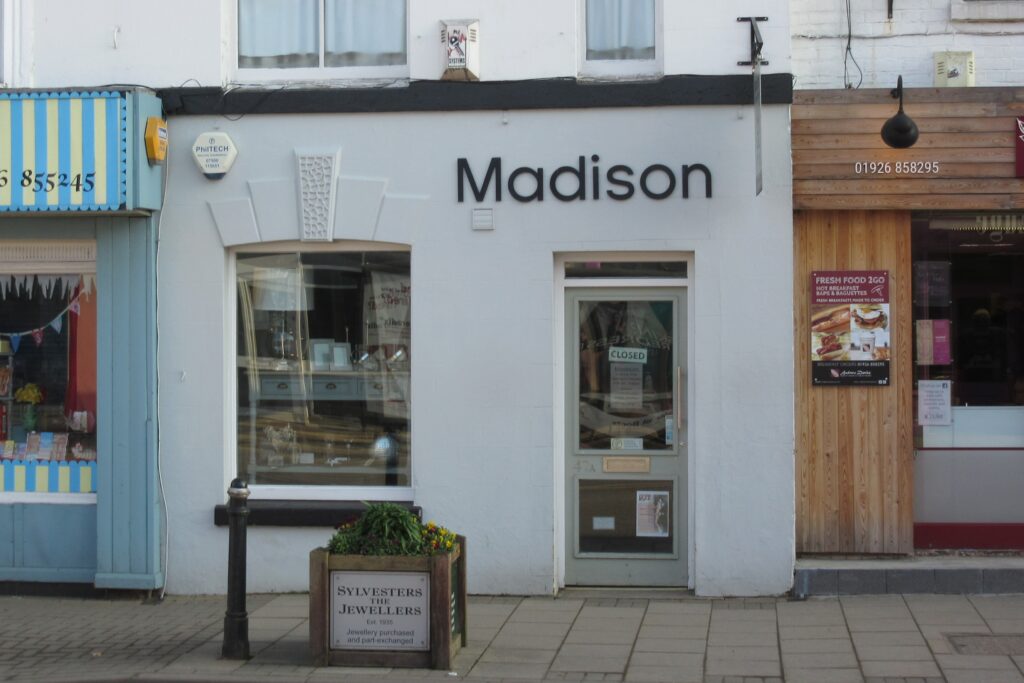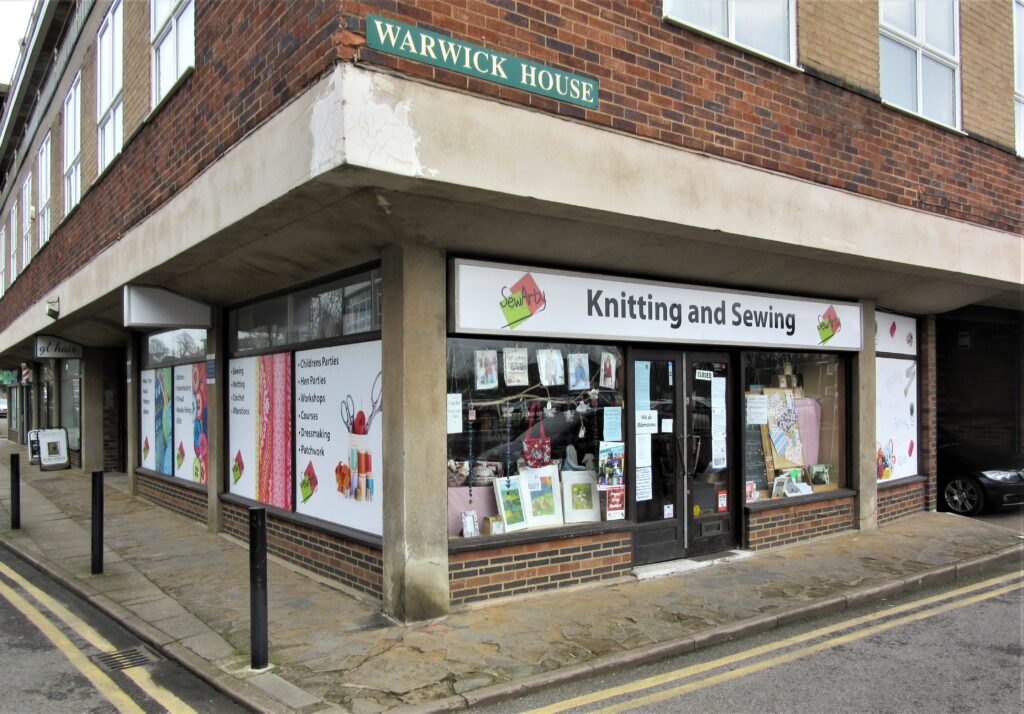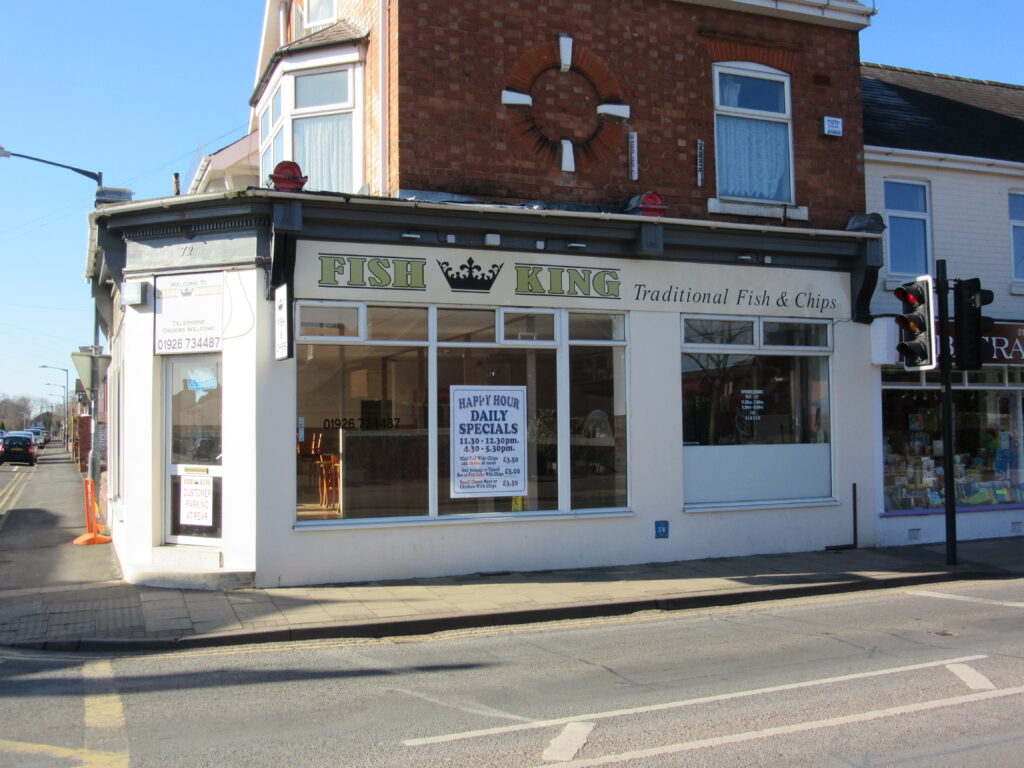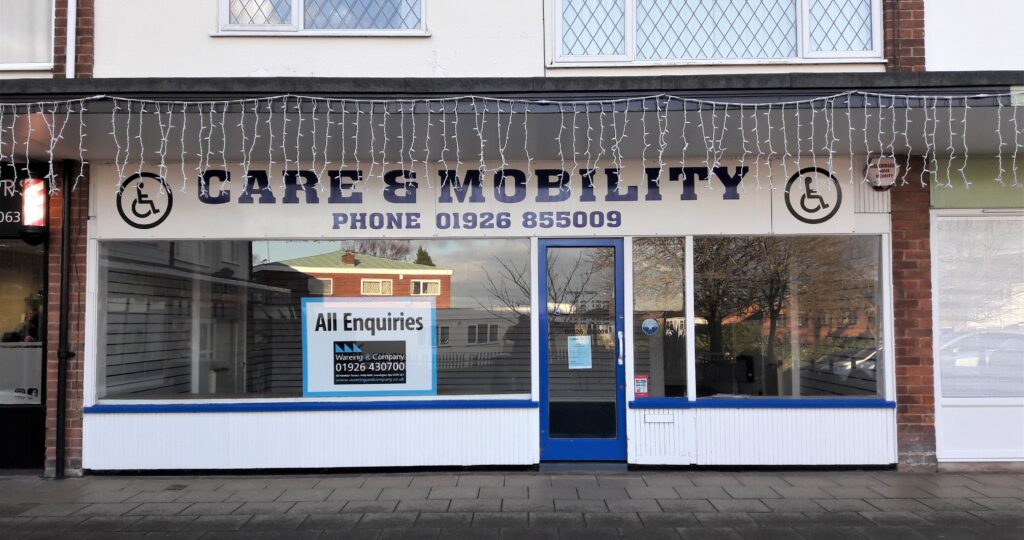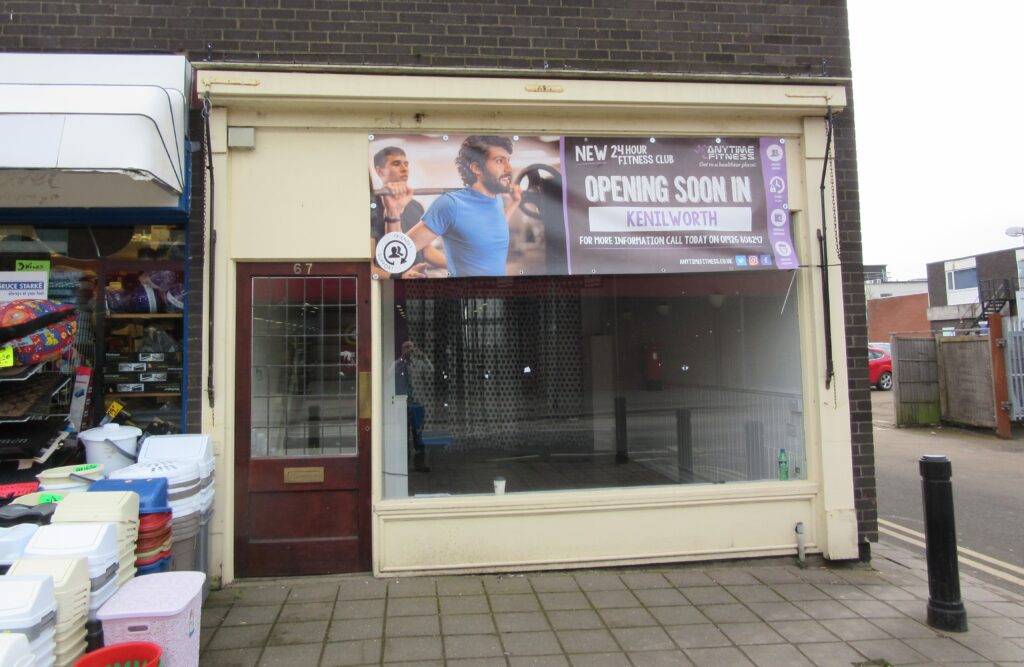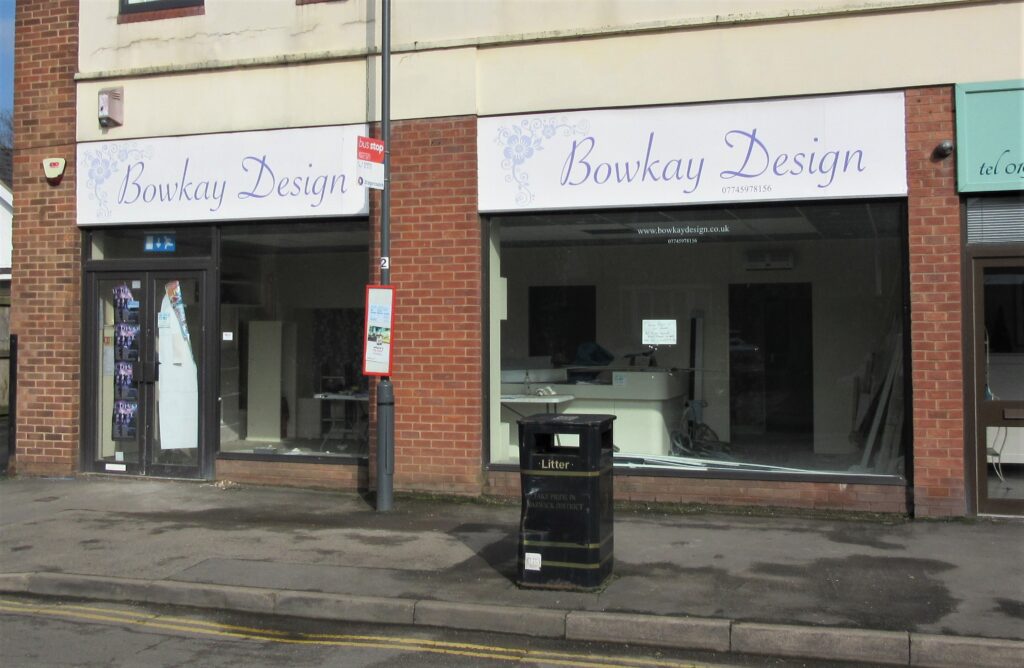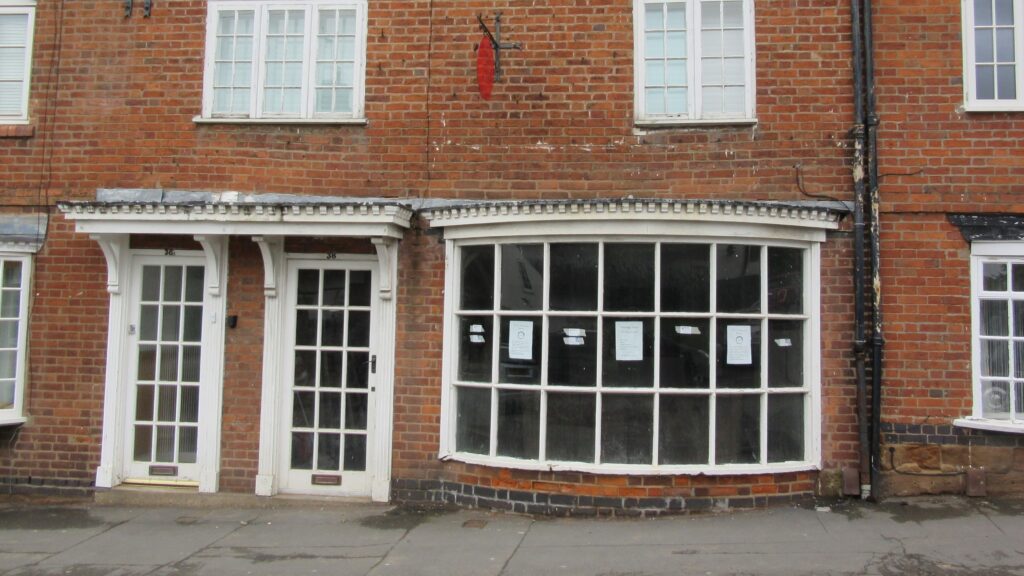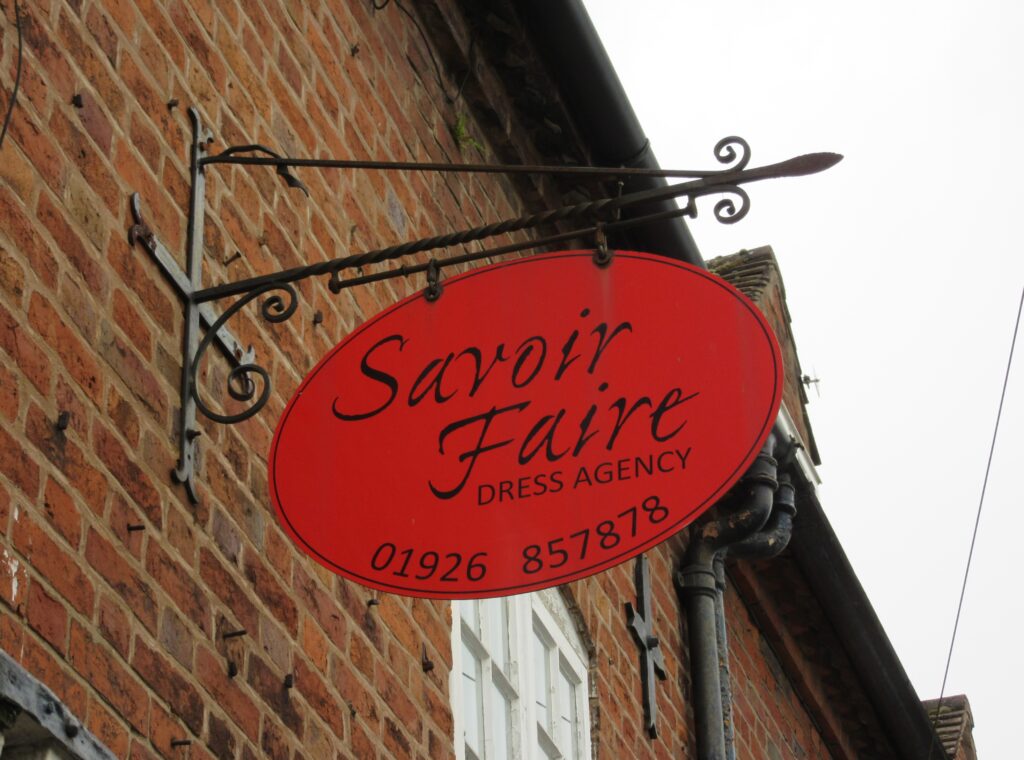Month: January 2023
Lost At Sea – Ernest Thomas Isaac Ashmore – 1918
COVER-UP IN CAERNARFON BAY
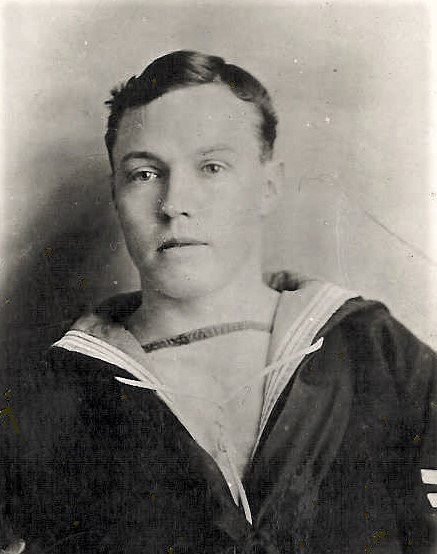
Ernest Ashmore was born in Emscote, Warwick on 20th July 1883, and his connection with Kenilworth was when he married Lucy Sarah Green, daughter of David Green and Louisa Watts of 50, Spring Lane.
Lucy and Ernest married on 4th July 1914, at St Nicholas Church, and in April the following year, they had a daughter called Ivy Maud. At the time, Ernest was on active service with the Royal Navy in WW1.



In his younger days he was a toolmaker, which was probably his first job. But It was in August 1902, aged 18, he decided to enlist in the navy at Portsmouth for a 12-year period. He eventually became a Stoker 1st Class. During his career in the navy, he sailed on a wide range of vessels, from sloops to torpedo boats, but later he became a submariner.
Ernest and ‘Operation GF’
By the end of 1917 American and British forces were cooperating in their efforts to hunt down U-Boats in the Irish sea. Early in 1918, ‘Operation GF‘ was put in place in which eight British submarines collaborated with the USS Bushnell and seven L-Class submarines, around the coast of Ireland and in the Irish Sea. As part of the parnership, US naval officers undertook familarisation trips on board British submarines. Such was the secrecy of the whole operation the convoy of escorting ships were not even told that any British submarines were present in the area.
On 26th February 1918, Ernest was aboard the HM Vulcan (H5) submarine which went on patrol from Berehaven, County Cork, under the command of Lieutenant A. W. Forbes. Also on board was US Navy Liaison Officer, Earle Childs who was present for instructional purposes. The H5 was expected to return to port on the 6th March. However, on 2nd March, the captain of the SS Rutherglen, a merchant ship, reported that it had rammed a submarine ten miles east of Caernarfon Bay. It was also reported that cries had been heard and that men were in the water and that there was a strong smell of fuel. The incident happened at 8.30 in the evening and visibility was poor, so the crew would not have known if they had rammed a friend or foe. Under orders not to risk falling victim to U-Boats themselves, the Rusherglen carried on, attempting no rescue. Ernest and his fellow crew were left to their grim fate. Un-surprisingly there were no survivors. In total, 27 men were lost.
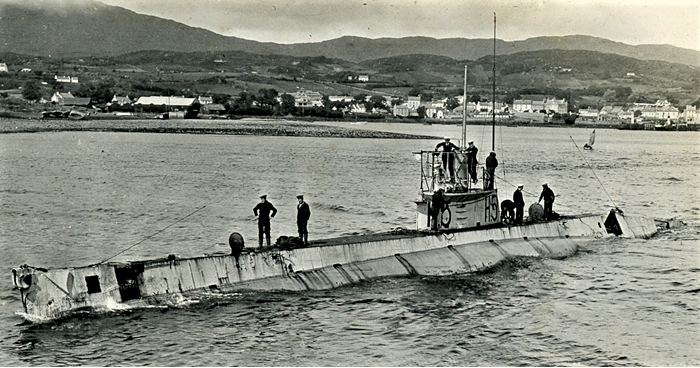
Following the Rusherglen report, and the disappearance of the H5, Captain Nasmith sent a full report of the accident to his boss, Vice Admiral Sir Lewis Bayley, Admiral Commanding Western Approaches. Needing to keep the incident ‘under wraps’ due to the secrecy of the operation, he submitted that the crew of the Rusherglen be left under the impression that they had indeed sunk a U-Boat, and paid them the standard bonus. Ironically, five-months later, the Rusherglen itself, would fall victim to a U-Boat in the Mediterranean.
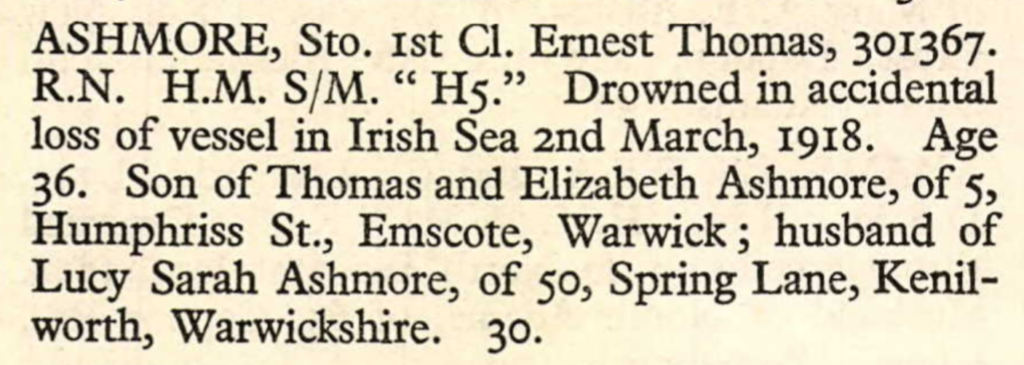
Wreck-Site On Protection List
It’s only in recent years that the H5 wreck-site has been put on the Protection of Military Remains Act. The H5 was one of only four submarines during WW1 that were lost to ‘friendly fire’.
Memorials
Ernest is commemorated on the Kenilworth War Memorial, and at the memorial inside the Kenilworth Sports & Social Club in Upper Rosemary Hill (formerly the Working Men’s Club), where he was a member. He and the crew of the H5, also appear on the Plymouth Naval Memorial, the Chatham Naval Memorial at Gillingham, Holyhead Maritime Museum, Anglesey and the Royal Navy Submarine Museum, at Portsmouth.
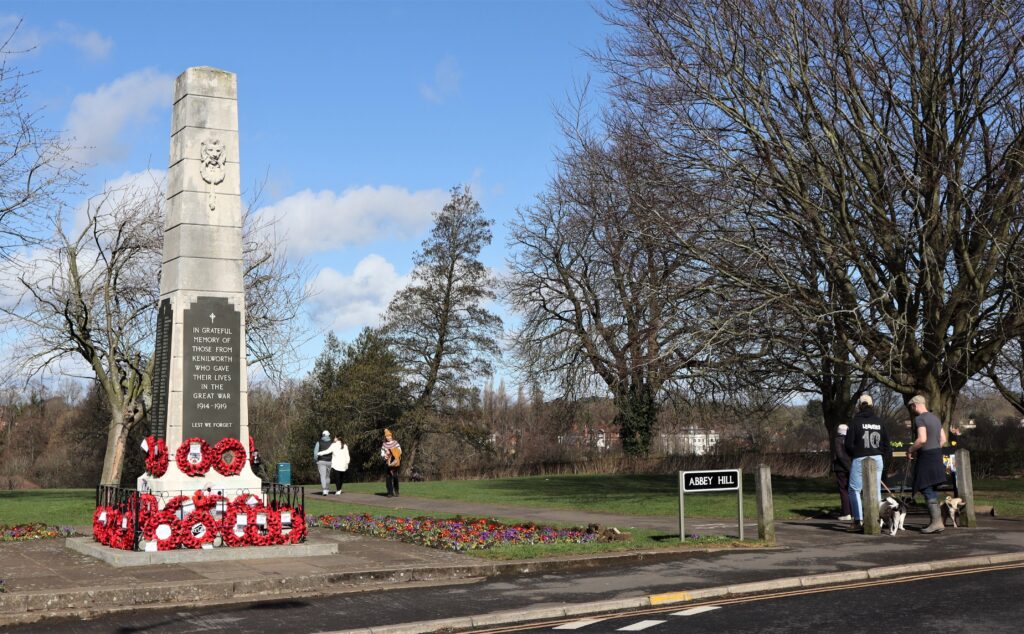
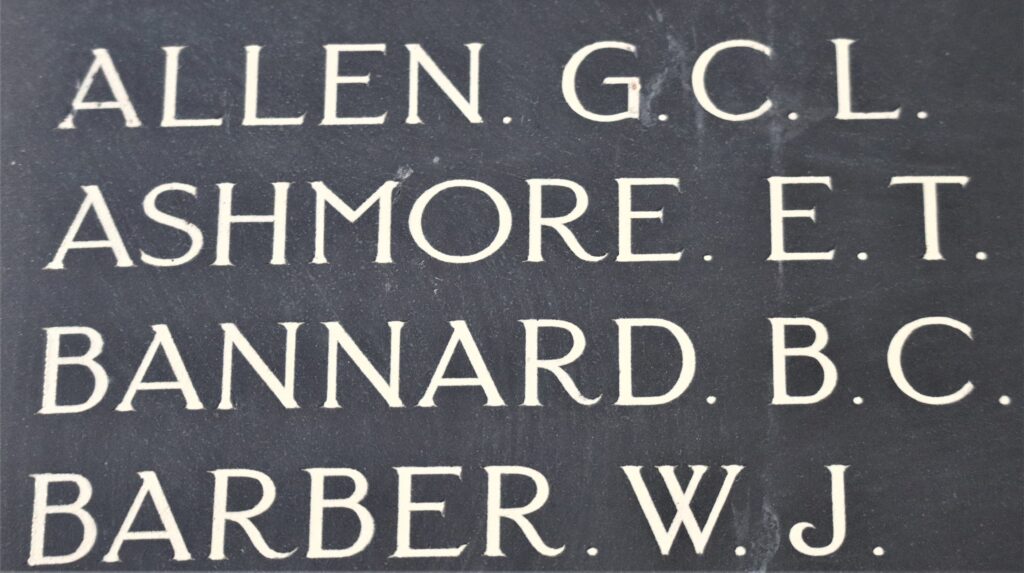
The loss of Ernest was not the only tragedy to fall upon Lucy’s family, as two of her brothers were also killed in the war. Leonard aged 23 and Arthur, aged 19. They are commemorated on the Kenilworth War Memorial.
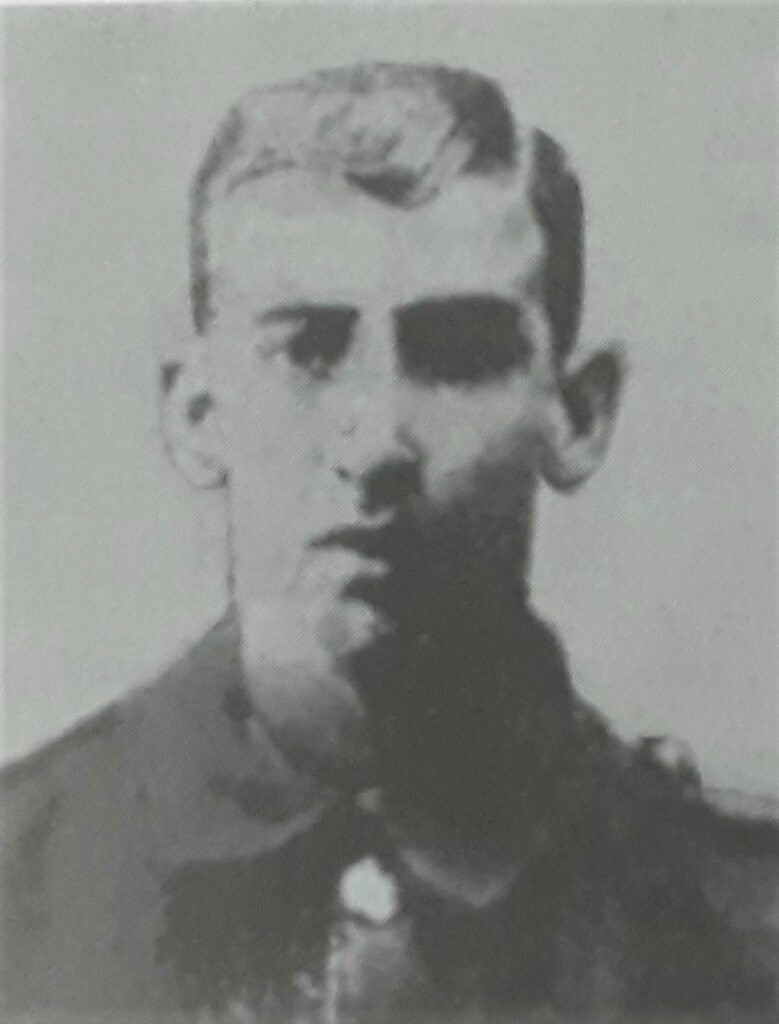
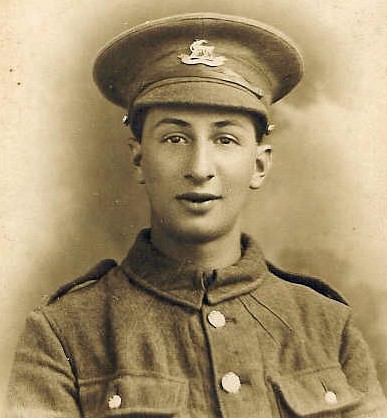
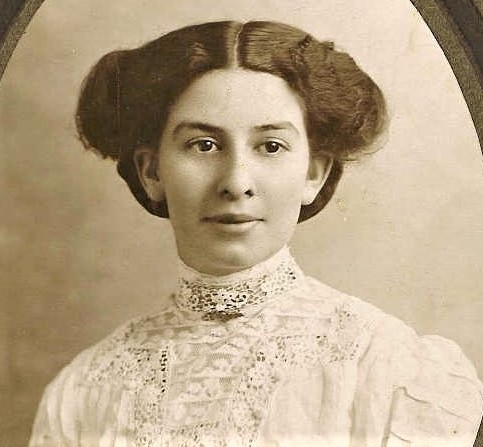
But Lucy picked-up her life, and eventually re-married in 1927 to Thomas Barnwell, and they lived at No. 36, Hyde Road. She lived to a ripe old age of 98, and passed away in 1989.
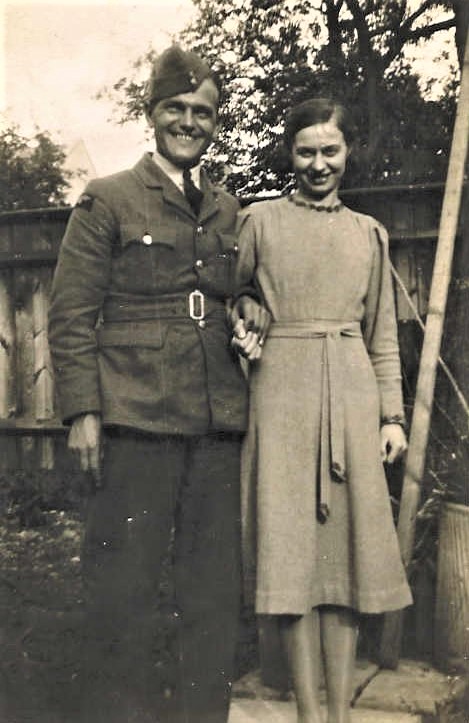
Ernest and Lucy’s daughter, Ivy Maud, married Walter Beck of Kenilworth in 1940.
She died in 1996, aged 81. Walter had died the previous year, he was 82.
.
Tragedy In the Channel Islands – John Bursell – 1859
In the graveyard at St. Nicholas Church stands one of the many large Sarcophagi, with the inscription:
‘In memory of John Bursell of Bickmarsh Hall, who was lost in the wreck of the Jersey Steamer Express September 20th 1859, aged 42 years‘
The Bursell Family
Over many decades the Bursell’s were a very prominent family in Kenilworth. John’s father Henry was the proprietor of the King’s Arms having purchased the property in 1813, which at the time was a busy hotel and the general hub of the community. John was born on 13th January 1817 and was baptised at St.Nicholas church on the 8th May. He had an older brother called Henry, who was born in 1814. When their father died in 1834 he left the King’s Arms and other property to their mother Mary. But a few years later and now into her 60s she transferred it all over to John and Henry. Both brothers were farmers, as well as now being Inn-keepers. When John eventually moved away Henry became the main keeper of the King’s Arms.
The Marriage
John married Rebecca Coldicott in her home village of Church Honeybourne near Evesham in January 1848. She was then 22 and he was 31. They began married life as tenants of Bickmarsh Hall, south of Bidford-on-Avon. According to the 1851 census, the farm consisted of 563 acres where 25 men were employed, plus four servants. They were happily getting on with their lives when they made the decision to go on holiday to the Channel Islands in September 1859, and from then on, everything would change……
The South-Western Company
The Express was owned by The South-Western Company and was built in 1847, it was a twin-engine paddle steamer of 180 horse power and began life on the Jersey services. But after 10 years it started to operate the new passenger and mail service, along with sister ship Wonder from Weymouth to Jersey (via Guernsey).
It was in the early morning of 20th September 1859, when John Bursell, wife Rebecca and niece Jane Bursell boarded the Express on their return journey home from Jersey. In a misguided decision to save a few minutes of journey time Captain Mabb, who, at the time, was deputising for the sick Captain Harvey, steered a course he had never taken before. Departing St. Helier towards Guernsey it struck a treacherous group of rocks off Corbiere. Not realising the full extent of the damage, the captain continued on, but within a short distance the steamer stuck another rock.
A hole was torn in her bow and made water fast, but was able to limp-on but would not steer properly. With the ship slowly sinking, the captain and crew decided to head back to St. Helier. But it was clear they wouldn’t make it that far, so the steamer was steered onto some rocks at St. Brelades Bay. Reports indicated that John Bursell was helping lower a lifeboat when several passengers jumped into the boat, and he was somehow dragged overboard. Unfortunately he got trapped in between the lifeboat and steamer, and was soon overcome by the swell. Rebecca was reported to have seen the whole incident, shouting out several times, “My poor husband he is drowned”. Her life had changed forever.
150 Saved – But One Other Lost
One other man was lost in the wreck but all other passengers and crew of around 150, were saved. The women and children were the first to be rescued, followed by the men and the crew, Captain Mabb was the last off. The passengers were taken from the wreck to the land by second mate of the ship and Deputy Harbour Master, James Hanson who was on board as a passenger. Also on board were three race horses which were due to race at Guernsey the following day, and these were rescued by mattresses and bed linen being placed on the slippery rocks to enable them to reach land safely.
All the roads from the wreck-site to St. Helier were littered with stricken passengers, their luggage still to be salvaged. All the rocks and surrounding areas were covered with contents of the ship and passenger belongings. Rebecca and her niece were taken to the Tozer’s Hotel in St. Helier, where they had been staying during their holiday. Rebecca was reported to have been in a state of ‘bordering on distraction’. Captain Mabb was arrested and his Captains certificate removed.
Body Returned To Kenilworth
John’s body wasn’t found until the 7th October, and after more than two weeks in the sea it was unrecognisable. It was discovered floating offshore by a tug steamer that was laying down new telegraph cables between Jersey and Guernsey. The only means of identification was his cloths and personal items in the pockets. The family had left the island before his body was recovered, but Henry had left instructions that if his body was found, it should be sent to Kenilworth as soon as possible. His body arrived in a leaden shell on Sunday 9th October, accompanied by Mr. Thomas Kine of the Tozer’s Hotel. The burial took place on the following day at St. Nicholas. His grave, (plot 717), lies close to his mother and father’s grave (plot 730).
Coroner’s Inquest
At the coroner’s inquest the jury did agree that it was the body of John Bursell but they also concluded:
“That the loss of the Express was the result of culpable imprudence and ignorance on the part of Captain Robert Charles Mabb, then commanding the said vessel in her voyage towards Guernsey, by needlessly steering her through a dangerous passage, out of usual route, not having at the time, a pilot on board, not himself a pilot. And the members of the jury, strongly recommend the competent Authorities of the Island, in order to avoid greater calamities, to put into execution a law which enacts that every vessel leaving the island with passengers, shall take a licensed pilot on board”
The Board of Trade also held an inquiry but no verdict was reached. The crew and passengers were interviewed and there was no doubt that Captain Mabb took the wrong course at Corbiere called ‘Jailers Passage’. But the testimony of the witnesses was apparently contradictory. The magistrates could not decide upon the case. Chairman, Mr. Bernard said: “Under the circumstances it is difficult to know what to do. I cannot do otherwise than return Captain Mabb his certificate without expressing any opinion on the case. I have no power to retain it”
Captain Mabb had been with the company for about 20 years, and was said to be ‘prostrated’ by the whole incident and has since ‘lost reason’. The value of the Express was said to have been around £7000. (well over £400,000 in today’s money 1)
Bad Time For Sea Travel
There was no doubt it was a perilous time for sea travel during the 19th Century. ‘Health & Safety’ regulations didn’t seem to be much of a priority back then. In the Board of Trade’s Annual Wreck Register of 1858 it was recorded that on average, 745 people died each year during the period 1881 to 1858. In 1858 alone, 1170 vessels of various types, were wrecked.
The Will
Following his death, all the farm equipment and livestock at Bickmarsh were auctioned off. The executers of his will were his brother Henry and William Hiorns from Rebecca’s home town of Church Honeybourne. The value of his estate was recorded as being Less than £3000 2, not an insubstantial amount back then. We don’t know who were the beneficiaries of the will, as women’s inheritance rights during the mid-19th century, weren’t favourable, to say the very least. But it looks like Rebecca did benefit in some way, as census records indicate that she lived by ‘independent means’ for the rest of her life. In the 1861 census, she was recorded as being a ‘retired farmer’, she was then only 35 years old.
During their eleven-year marriage, they never had any children. (none that we know of). She soon moved away from Bickmarsh but continued living in the local area. On the 1881 census she was living with her nephew Robert Coldicott at the 350-acre Pastures Farm in the village of South Littleton, three miles from Bickmarsh. The farm employed 8 men, 3 boys and 2 servants.
Widow For More Than 50 Years
It would appear that Rebecca never got over the tragic death of her husband and she never married again, spending nearly 55 years a widow. She lived out the last few years of her life in Shipston-on-Stour, still living with her nephew. She died aged 87, and was buried in the town’s cemetery on 31st January 1914 3.
References
Chairman of Kenilworth Urban District Council
1895-1974
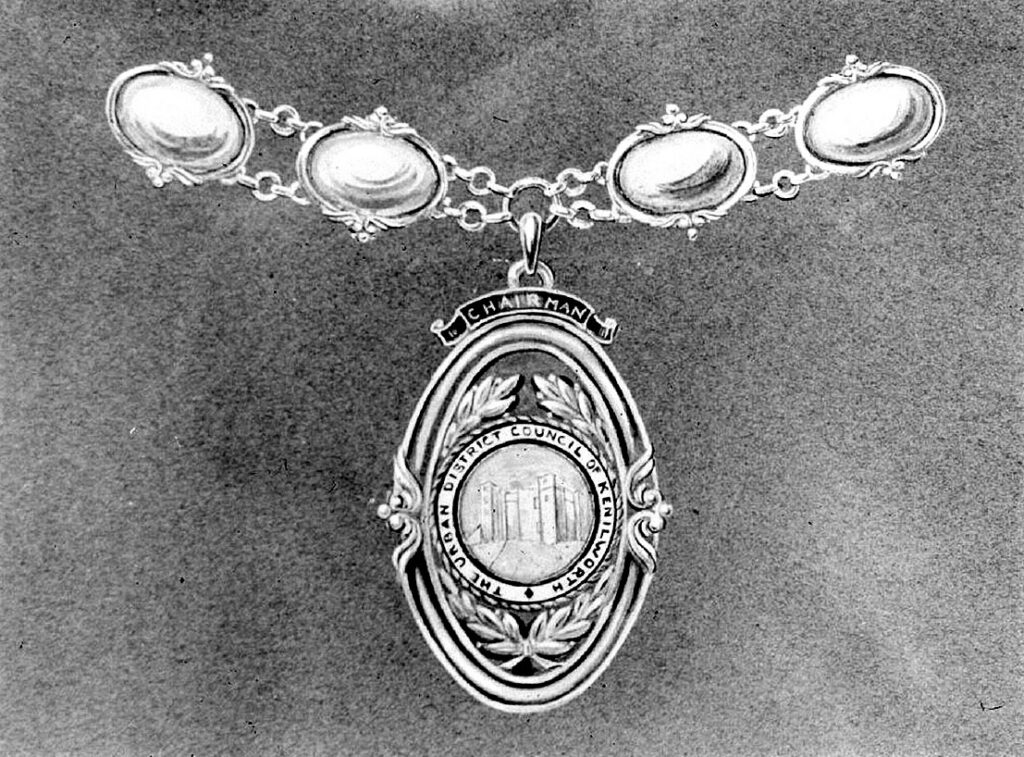
Courtesy of the Warwickshire County Records Office. ref. PH (N) 600/147/3
click above image to enlarge
| 1895-96 Henry Street | 1896-97 Henry Street | 1897-98 Henry Street |
| 1898-99 William Pears | 1890-00 William Pears | 1900-1 Edmound Bourne |
| 1901-2 Edmund Bourne | 1902-3 Edmund Bourne | 1903-4 Edmund Bourne |
| 1904-5 Edmund Bourne | 1905-6 Edmund Bourne | 1906-7 Edmund Bourne |
| 1907-8 William Growse | 1908-9 William Growse | 1909-10 William Growse |
| 1910-11 Edwin Gee | 1911-12 Edward Hodges | 1912-13 Edward Hodges |
| 1913-14 Arthur Street | 1914-15 Arthur Street | 1915-16 Arthur Street |
| 1916-17 Charles Randall | 1917-18 Charles Randall | 1918-19 Charles Randall |
| 1919-20 Charles Randall | 1920-21 Charles Randall | 1921-22 James Jackson |
| 1922-23 Edward Hodges | 1923-24 Edward Hodges | 1924-25 Edward Hodges |
| 1925-26 Charles Barwell | 1926-27 Charles Barwell | 1927-28 Charles Barwell |
| 1928-29 Edward Hodges | 1929-30 Charles Carter | 1930-31 Charles Carter |
| 1931-32 Allen Spaven | 1932-33 John Clarke | 1933-34 Allen Spaven |
| 1934-35 George Tisdale | 1935-36 George Tisdale | 1936-37 Thomas Jackson |
| 1937-38 Thomas Jackson | 1938-39 Henry Watling | 1939-40 Henry Watling |
| 1940-41 Leonard Smalley | 1941-42 Leonard Smalley | 1942-43 William Bostock |
| 1943-44 William Bostock | 1944-45 Frank Weetman | 1945-46 Frank Weetman |
| 1946-47 William Griffiths | 1947-48 Alan Huckvale | 1948-49 Alan Huckvale |
| 1949-50 Alan Huckvale | 1950-51 Hubert Howe | 1951-52 Hubert Howe |
| 1952-53 Alan Huckvale | 1953-54 Alan Huckvale | 1954-55 Alan Huckvale |
| 1955-56 Henry Watling | 1956-57 Henry Watling | 1957-58 Leonard Smalley |
| 1958-59 Leonard Smalley | 1959-60 Eric Smith | 1960-61 Eric Smith |
| 1961-62 Jack Cox | 1962-63 Jack Cox | 1963-64 Joseph Watts |
| 1964-65 Ronald Stansfield | 1965-66 Thomas Evans | 1966-67 Florence Adcock* |
| 1967-68 Bill Whiteman | 1968-69 Kenneth Rawnsley | 1969-70 Chris Webster |
| 1970-71 Joan Salkeld | 1971-72 Ronald Stansfield | 1972-73 Derek Moore |
| 1973-74 Kenneth Hogarth |
*Florence Adcock was the first ever woman to become ‘Chairman’
Lost Shops 2017-18
About Urban District Councils
An urban district was a local government district that covered an urbanised area. They had an elected council (UDC) and shared the local government responsiblies along with county councils.
These urban districts (and rural districts) were first created in 1894 by the (Local Government Act 1894) as subdivisions of administrative districts. These reforms of local government started mainly in England and Wales. But within a few years Northern Ireland and the Republic of Ireland also adopted these reforms.
UDCs replaced the former system of urban sanitary districts or local boards (based on poor-law unions) the functions of which were taken over by the new UDCs. Their powers were extended and also had the responsibilities of parklands, cemeteries, water supplies and local planning.
The principal effects of the act were:
The urban district system (and RDCs) would have elected councils, as would parish councils. This would form a second tier of local government below the county councils.
The entitlement of women who owned property to vote in local elections, become poor-law guardians, and sit on school boards.
All councillors would initially be elected for a three year term, but one third of the members would be required to stand for re-election each year (around April). So, basically it was a rotation system. However, UDCs (and RDCs) had the power to retain the triennial election if a two-thirds majority of councillors were in favour ot it.
To be eligible for an election, a candidate was required to be on the electoral register and to have lived in the area for 12 months prior to the election.
All electors only had one vote, unlike in previous years where the ‘weighted’ voting system was in place. This allowed some electors who owned more property than others to have multiple votes.
The elected chairman of the new Urban and Rural district councils automatically became a Justice of the Peace.
1894 – 17th December – KUDC Election
Elected (12 seats)
| Candidate | Party | Votes |
| Reverand George Field | Separatist | 358 |
| James Jackson | Separatist | 333 |
| Henry Street | Separatist | 323 |
| William James | Separatist | 319 |
| John Welsh | Conservative | 294 |
| Richard Knight | Separatist | 286 |
| George Church | Conservative | 277 |
| William Riley | Separatist | 276 |
| Obediah Woods | Separatist | 275 |
| Joseph Murdock | Separatist | 274 |
| Edmund Bourne | Conservative | 246 |
| Edward Hodges | Conservative | 239 |
Not Elected
| Thomas Hawley | Conservative | 230 |
| George Page | Conservative | 219 |
| Harry Smith-Turberville | Conservative | 218 |
| Job Satchwell | Independent | 213 |
| William Middleton | Conservative | 208 |
| Fredrick Wyer | Conservative | 186 |
| George Turner | Conservative | 179 |
| Henry Wood | Independent | 171 |
| William Holmes | Conservative | 136 |
| John Brown | Independent | 90 |
| Henry Brittan | Conservative | 72 |
| Edward Lee | Independent | 72 |
| William Arnold | Independent | 68 |
| Dick Liddington | Independent | 38 |
| George Burton | Independent | 23 |
SEPARATIST EIGHT WIN THE DAY IN FIRST KUDC ELECTION
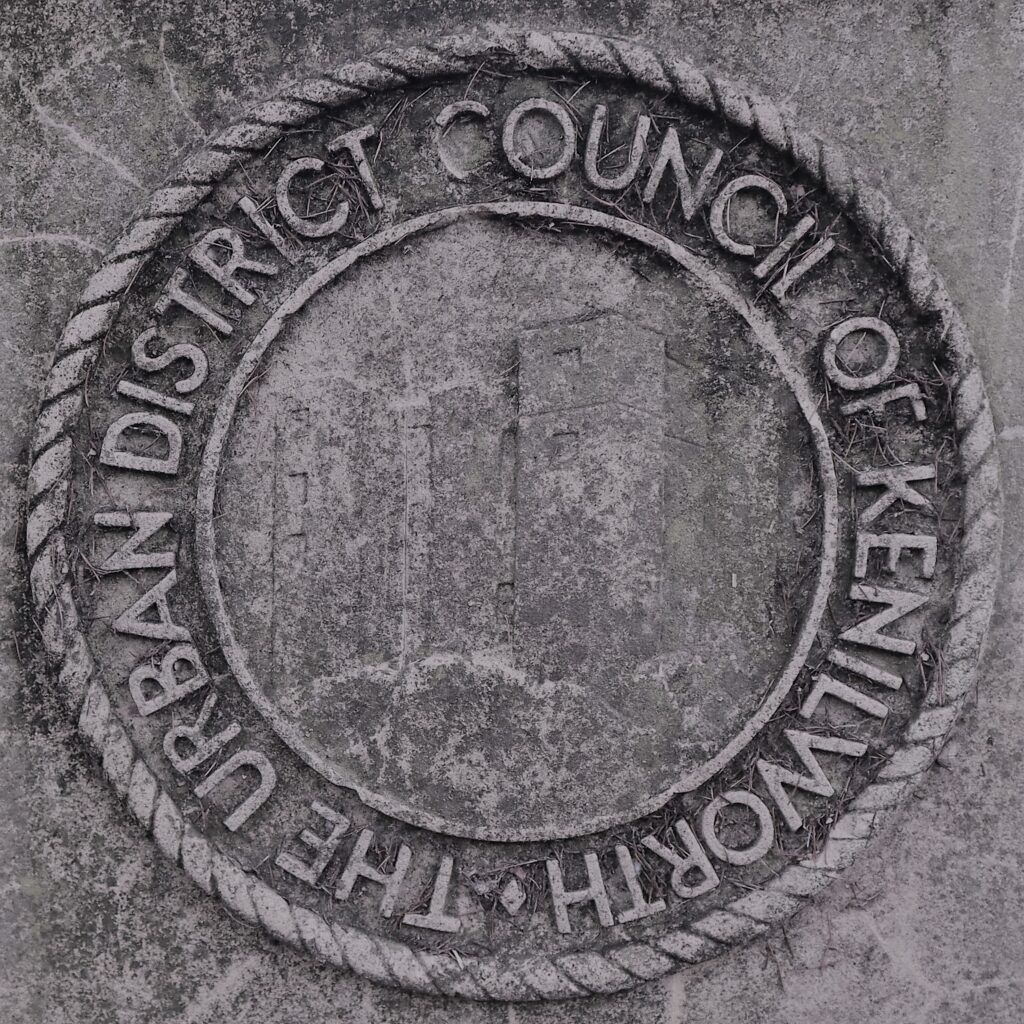
This was the inaugural KUDC election following restructuring of local government, replacing the former Kenilworth Local Board that began back in 1877. Such were these reforms some women were at last allowed to vote (with restrictions). 27 candidates took part in the election.
Polling was reported to be very slow during the day but a good turnout from women was encouraging, which caused much anxiety amongst the Separatist party. After 6pm the labourers polled heavily as well, most of which probably would have been separatist voters. Many carriages and conveyances were used by the conservatives to bring voters to the polling stations. But the separatist supporters, to their credit, worked hard all day long, which in the end, bought them victory. Their campaign headquarters was at the Abbey-Hill schoolrooms.
Of the twelve members elected, only three survived from the old board; Street, Welsh and Bourne. Six were defeated; Hawley, Page, Smith-Tuberville, Wyer, Turner and Brittan.
The Separatist party were fully supported by the Kenilworth Liberal Association, all 8 of their candidates were elected.
There were only 4 spoilt ballot papers, three having voted for too many candidates and one being ‘Indiscriminately crossed about as though a joke’.
For this election three polling stations were used at St Nicholas School in School Lane. Having all three polling stations in one building must have been a problem for some voters, especially those living on the outskirts of town. Thankfully, these days polling stations are well spread around the town and within easy walking distance.
Polling was from 8am to 8pm. Counting commenced the following day at 9am and the results were declared at 1.30pm by returning officer, Mr J. J. Willington Wilmshurst, Clerk of KUDC.
KUDC Councillors
8 Separatists (Street, Field, Jackson, James, Knight, Riley, Woods, Murdock)
4 Conservatives (Bourne, Welsh, Hodges, Church)
Chairman
Henry Street 1895-96
1896 – 30th March – KUDC Annual Election
Elected
| Candidate | Party | Votes |
| *Edmund Bourne | Unionist | 479 |
| *Edward Hodges | Unionist | 479 |
| William Middleton | Unionist | 442 |
| Colonel Joynson | Unionist | 408 |
Not Elected
| Candidate | Party | Votes |
| *Joseph Murdock | Liberal | 309 |
| *Obediah Woods | Liberal | 303 |
*denotes retiring councillor
Electorate 990
Turnout 750 (75.8%)
CLEAN SWEEP FOR UNIONISTS
Under the rules of Urban District Councils, a third of councillors each year were required to stand down and seek re-election. In this election it was members, Bourne, Hodges, Murdock and Woods who stood down. This was the first annual election since the inaugural poll of 1894 and all these four members had finished in the bottom four positions of that election. All put themselves forward for re-election but only two retained their seats. By this time the Separatist Party had split, and two members, Jackson and James were now ‘Independents’, while the others stuck with the Liberals.
Independent candidate Job Satchwell, who stood in the 1894 election had his nomination papers rejected by the returning officer, so could not stand. There was no reason given as to why it had been rejected.
The Unionists fielded new candidate Colonel Joynson and William Middleton who more than doubled his vote of 208 from the 1894 election.
KUDC Councillors
6 Conservatives/Unionists (Bourne, Joynson, Hodges, Church, Welsh, Middleton)
4 Liberals (Street, Riley, Knight, Field)
2 Independents (Jackson, James)
With no party having a majority, the Liberals just held the balance of power due to the casting vote being available to the chairman, Henry Street.
Council Clerk – Mr J. J. Willington Wilmshurst.
1897 – 5th April – KUDC Annual Election
Elected
| Candidate | Party | Votes |
| William Holmes | Conservative | 390 |
| William Pears | Conservative | 371 |
| M. B. Francis | Conservative | 361 |
| Joseph Murdock | Liberal | 346 |
Not Elected
| Candidate | Party | Votes |
| *John Welsh | Conservative | 344 |
| Obediah Woods | Liberal | 310 |
| *Richard Knight | Liberal | 294 |
| Joseph Butcher | Liberal | 260 |
| Job Satchwell | Independent | 163 |
*denotes retiring councillor
Electorate 990
Turnout 730 (73.7%)
Spoilt papers 4
TORIES GAIN CONTROL OF KUDC
This annual election in which four councillors had to ‘retire’ according to the rules, took place as usual at the St. Nicholas National School in School Lane.
Present members, Church and Riley did not seek re-election. It was a well contested election, indeed the forth position was only won by two votes in favour of Murdock over rival, Welsh. Traps and carriages were used heavily by both parties during the day.
The results were declared by acting returning officer, Mr J. J. Willington Wilmshurst outside the council house at Upper Rosemary Hill on the following day at 11.50am.
Following the election, a sarcastic remark from a reader was printed in the local Kenilworth Advertiser stating; ‘Why is the KUDC now paradise? Because there is no (K)night there anymore‘. Referring of course to the defeat of former member Richard Knight, who had been elected three years ago in the first ever KUDC election. Obviously, there were some people glad to see the back of him – but he would return,
Following the election, the strange ‘compromise’ of (Liberal-Unionists) gave the two parties a big majority at the council.
KUDC Councillors
7 Conservatives (Holmes, Pears, Francis, Bourne, Joynson, Middleton, Hodges)
3 Liberals-Progressives (Murdock, Street, Field)
2 Independents (Jackson, James)
Council Clerk – Mr J. J. Willington Wilmshurst
1898 – 4th April – KUDC Annual Election
Elected
| Candidate | Party | Votes |
| George Bostock | Independent | 454 |
| *James Jackson | Liberal | 436 |
| Edwin Gee | Independent | 418 |
| *William James | Liberal | 361 |
| *Henry Street | Liberal | 357 |
Not Elected
| Obediah Woods | Independent | 346 |
| William Riley | Liberal | 343 |
| J. Roberts | Conservative | 316 |
*denotes retiring councillor
Electorate 990
Turnout 788
RATEPAYERS NOT HAPPY WITH COMPROMISE
Five vacancies were available in this election due to one resignation and the usual four retiring members. This seemed to create a great deal of interest especially with the ‘compromise agreement’ between the Liberal and Unionist Associations. This arrangement would support each other in this election with one Conservative and four Liberals candidates. This would extend to next year’s election when the two associations pledged themselves to support four Conservatives candidates.
This did not meet with the approval of the ratepayers, so three independent candidates stood, and two were elected. These were: George Bostock and Edwin Gee who were both new to the council, and both are farmers. Mr Gee had arrived in Kenilworth five years ago and in that time he had become a popular resident. Mr. Woods, the other independent candidate was also expected to be elected but fell 11 votes short of Henry Street. One suggestion was that his name was last on the polling list and by the time voters had got to his name they had used up their five allocated votes. Liberal William Riley failed to be elected having dropped out of the council last year. It certainly was a strange election for the people of Kenilworth, in which a lot of cross-voting took place.
Up until 5 o’clock only about 300 people had voted. As is the case in KUDC elections the last two hours of the poll is usually the busiest time (between 6 and 8 o’clock). This is when the labourers are arriving back from their day’s work.
The results were declared outside the council house at 11.30pm on a chilly evening by returning officer Mr. J. J. Willington-Wilmshurst. Only about 12 people were present to hear the declaration.
KUDC Councillors
6 Conservatives (Pears, Middleton, Holmes, Hodges, Joynson, Bourne)
4 Liberals (Jackson, James, Street, Murdock)
2 Independents (Bostock, Gee)
Council Clerk – Mr. J. J. Willington-Wilmshurst
